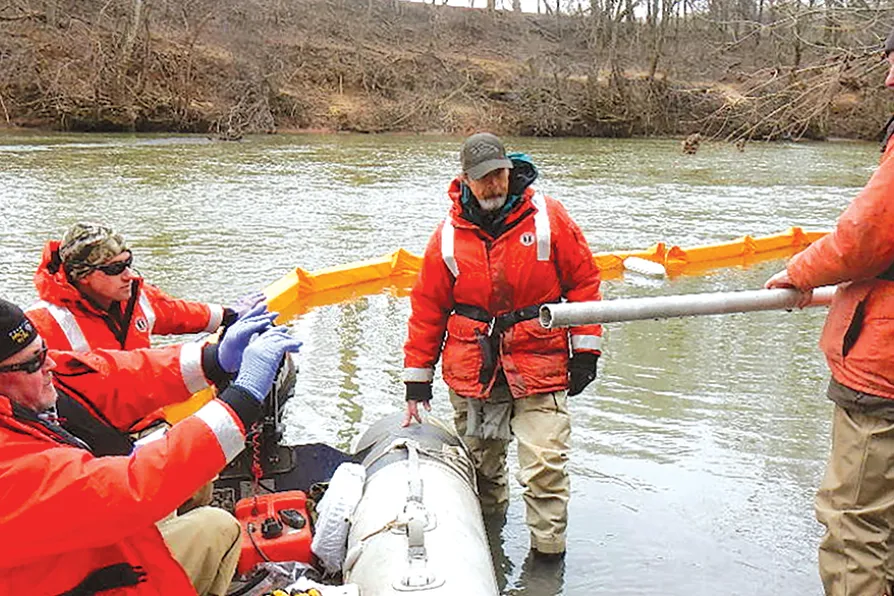The groups said in a lawsuit that a 2015 EPA rule on coal ash failed to regulate a large portion of coal ash pollution in the US.
Earthjustice, an environmental group that represented the coalition that sued EPA, called the new proposal a major win for communities near coal-fired power plants.
The revised rule extends federal coal ash regulations to most coal ash disposed at power plants and extends federal monitoring, closure and cleanup requirements to hundreds of older landfills, ponds and dump sites that previously were excluded, the group said.
“This is a really big deal,” said Lisa Evans, senior counsel for Earthjustice. “The Biden administration is standing up for people near hazardous coal waste sites around the country. For far too long, a large portion of toxic coal ash around the US was left leaching into drinking water supplies without any requirement that it be cleaned up.″
The EPA proposal tightens a loophole that allowed many power-plant owners to avoid “cleaning up the toxic mess they created,″ Evans said. “Power plants will finally lose their hall pass to leave coal ash wherever they dumped it.″
Based on analysis of industry data provided to the EPA, Earthjustice identified 566 landfills and ponds at 242 coal plants in 40 states that were excluded from the 2015 federal regulations, Evans said.
EPA estimates it would cost utilities more than £241 million a year to comply with the new rule, which is expected to become final next year.
The power industry has complained about an “onslaught” of EPA rules aimed at the power sector. The agency’s actions are “designed specifically to cause the premature closure of coal power plants,″ said Michelle Bloodworth, president and CEO of America’s Power, a lobbying group for industries involved in producing electricity from coal.
She urged EPA to modify its proposals “to avoid premature coal retirements, rather than speed up retirements and jeopardise grid reliability.”
Coal ash storage and disposal goes back decades but went largely unregulated until a 2008 spill at a Tennessee Valley Authority power plant in Kingston, Tennessee. A containment dyke burst and flooding covered more than 300 acres (121 hectares), dumped waste into two nearby rivers, destroyed homes, and brought national attention to the issue.
In 2014, an estimated 39,000 tons of coal ash spewed into the Dan River, pictured, after a drainage pipe running below a waste dump collapsed at a Duke Energy plant in Eden, North Carolina. The toxic sludge turned the river grey for more than 70 miles.
This article first appeared in People’s World, https://peoplesworld.org/

 US Fish and Wildlife Service (USFWS) responders take core samples of Dan River, North Carolina sediment following the spill
[USFWS/CC]
US Fish and Wildlife Service (USFWS) responders take core samples of Dan River, North Carolina sediment following the spill
[USFWS/CC] 













